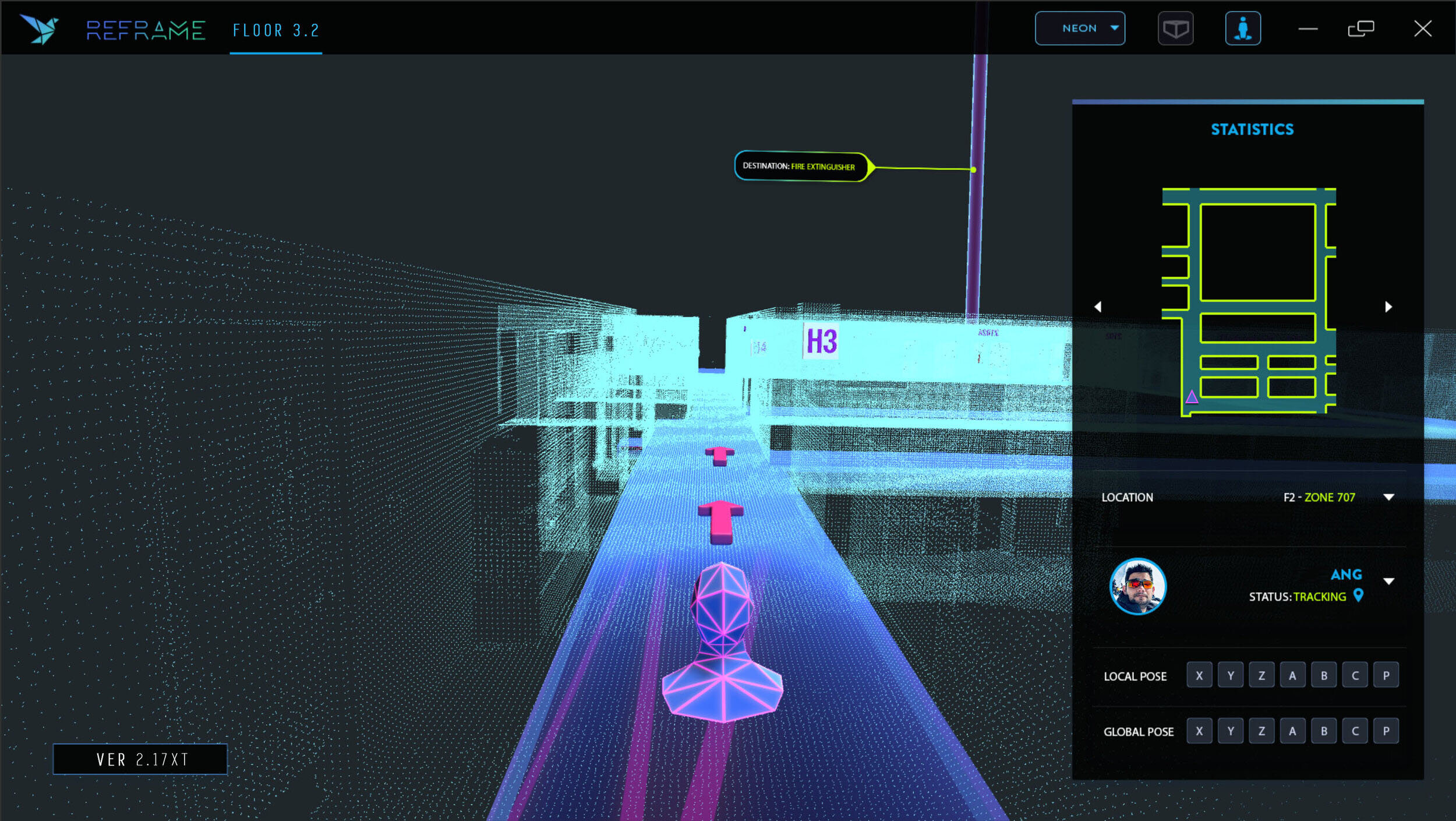“Words.”
For years, these words have been a restless whisper, a persistent urge to be inked. I suppose I kept refining the intention, each pass adding a layer, letting the ideas deepen like rich sediment. Or perhaps it was a subconscious draw to readiness, a feeling that I wasn't quite there yet. Looking back, it's clear ..
It isn’t a coincidence that two of the most widely printed texts in human history begin with an axiom.“In the beginning, God created the heavens and the earth” starts one, while the other begins with, “A point is that which has no part.” But that is where the similarities between The Holy Bible and Euclid’s Elements starts and ends.
Beyond the surface of Renaissance Era paintings, there lies a profound understanding of geometrical perception. After a series of experiments between 1415 and 1420, Filippo Brunelleschi was able to define a methodology to render a three-dimensional space on a two-dimensional canvas. This methodology is what we now call the “Linear Perspective.”
Around 9 years old, I built my first PC. To be fair, my elder brother helped me quite a bit. But I retain my bragging rights at family get-togethers for being the first to turn it on. It ran an Intel Pentium I processor, clocked @1.9 Ghz, 8MB RAM, and 1.9 GB of storage.
The reward is in the smile. If you set aside the layers of abstractions in computing, the success metric comes down to a happy end user. And there’s a particularly heartening joy when that end user happens to be a middle school kid.
“Wonder..”
Volumetric Real-time Server Visualization for a Hyper-Local Edge centric AR Analytic suite. It’s a collage of multi-faceted Mapping & Scanning pipelines juxtaposed with custom VSLAM algorithms to provide real-time accuracy in millimetres.
Particle Simulations using X-Particles over a mesh topology & rendered using Redshift. Post-production done with Adobe’s After Effects & Premier.
Design for an interactive Education Game for the SMALLab (Situated Multimedia Arts Learning Lab) in Pittsburgh. Made using Autodesk Maya & Adobe Suite.
“Wilderness...”
Trillium grandiflorum. Three broad leaves, three small green sepals, three petals, and a three-sectioned seedpod.

















I will strive to explain this in a lexicon I am most comfortable with, as this subject has both perplexed and enlightened me simultaneously. My journey here has been driven by a lifelong sense of adventure, a quest to understand the tale of the cosmos ..